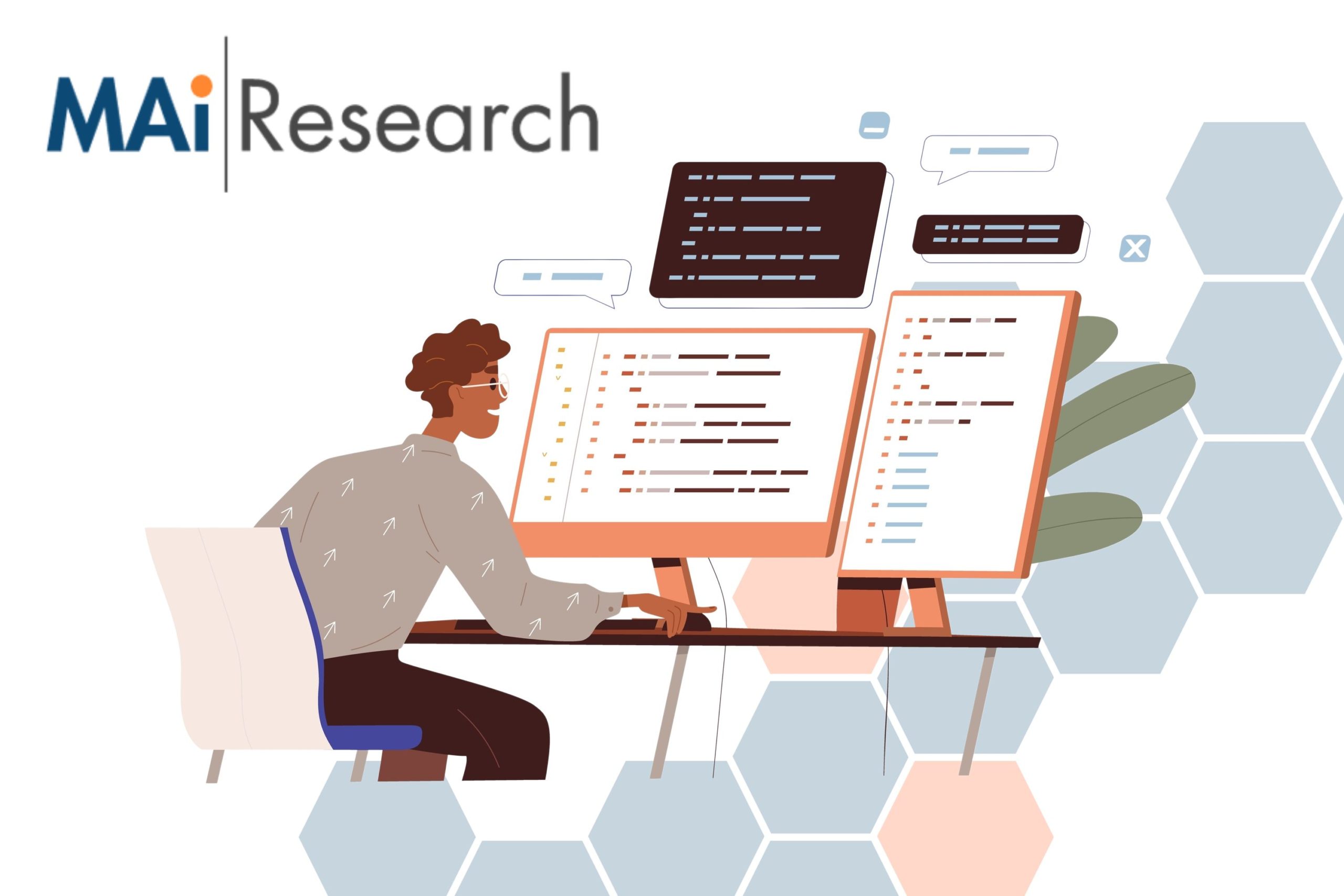Data are constantly being collected, whether it be concept or product tests, sales data, tracking data, review data, etc. Focusing on each data set individually drives decision-making for product and service marketing. Now, where do all those data go once a study is finished? It’s likely going to sit on a computer somewhere. In fact, Experts indicate that 80% of all company data are unused or unanalyzed.
How Data Mining Utilizes Existing Data
Data mining is examining all or part of your database to uncover insights that would otherwise remain hidden.
When data are first collected, it is used to answer a specific question or hypothesis. Think of data as a set of LEGO. You collected your LEGO and built your truck, as directed. But now, you go back to those same LEGO, and you look at the pieces and think, “hey, I can use these same LEGO to build an airplane.” Data, like LEGO, are unstructured tools that can be analyzed to drive one decision, and then re-organized (with other LEGO…err, data) to drive new decisions.
Data Mining: Utilizing Existing Research and Optimizing Future Research
Purchase Intent vs. Purchasing
Once a study is finished based on the proposed questions, data are put to the side and marketing action begins. Existing, or old, data are often forgotten about once a product or service has been on the market. Data mining can take this unused data and combine it with consumer behavior, to provide new insights.
The data in market research studies provide guidance in understanding what customers will do, but they are not crystal balls. Data mining can merge information from launched concepts, sales data, and marketing support to determine which measures are most impactful on actual purchasing behavior. So, rather than focusing on what drives purchase intent, it combines data to better identify and quantify predictors of in-market success.
Optimize Future Data Collection Efforts
In an organization where a variety of research initiatives have taken place, data mining can help bring into focus the best ways of implementing future research. Taking the time to review past results as a single data set can help to make your questionnaires more effective by identifying redundancies, finding efficiencies, and asking what matters. A more efficient survey is less burdensome to respondents which will lead to better quality data and smarter business decisions.
Taking Existing Research to the Next Level
The value in analyzing this ever-growing collection of data should be harnessed, not shied away from. Does your company have a multitude of data that it has left on the virtual shelf after its initial objectives were achieved? Now that you acted on specific study objectives, data mining can be used to assess relevant business metrics across all these research studies and to better direct how to further develop your product and maximize performance.
At MAi Research, our data mining skills are paired with human experience to organize and structure data and improve learning. We ultimately work to build upon what has been successful within your business and learn from what may not have gone as well as intended.
Now that you have built your truck, are you ready to start on your airplane? Contact MAi research at www.mairesearch.com and we can dive deep into your data and provide you with actionable insights that may have gone unnoticed.










